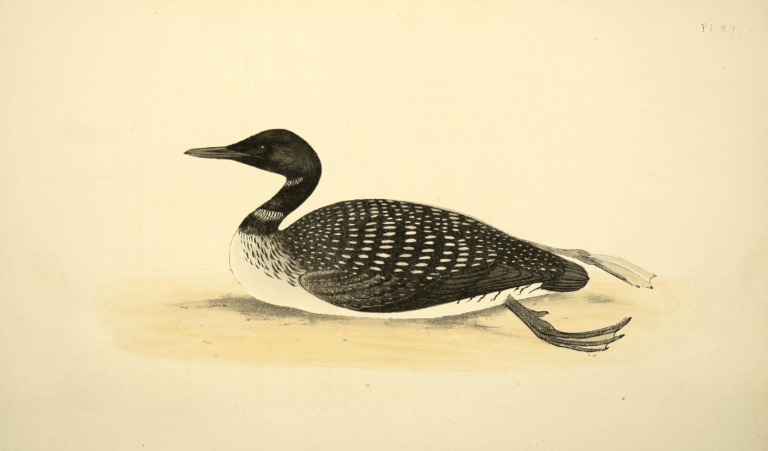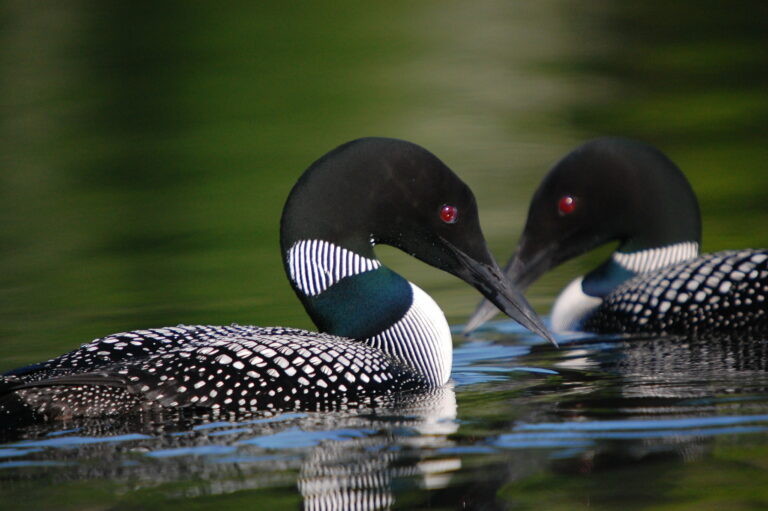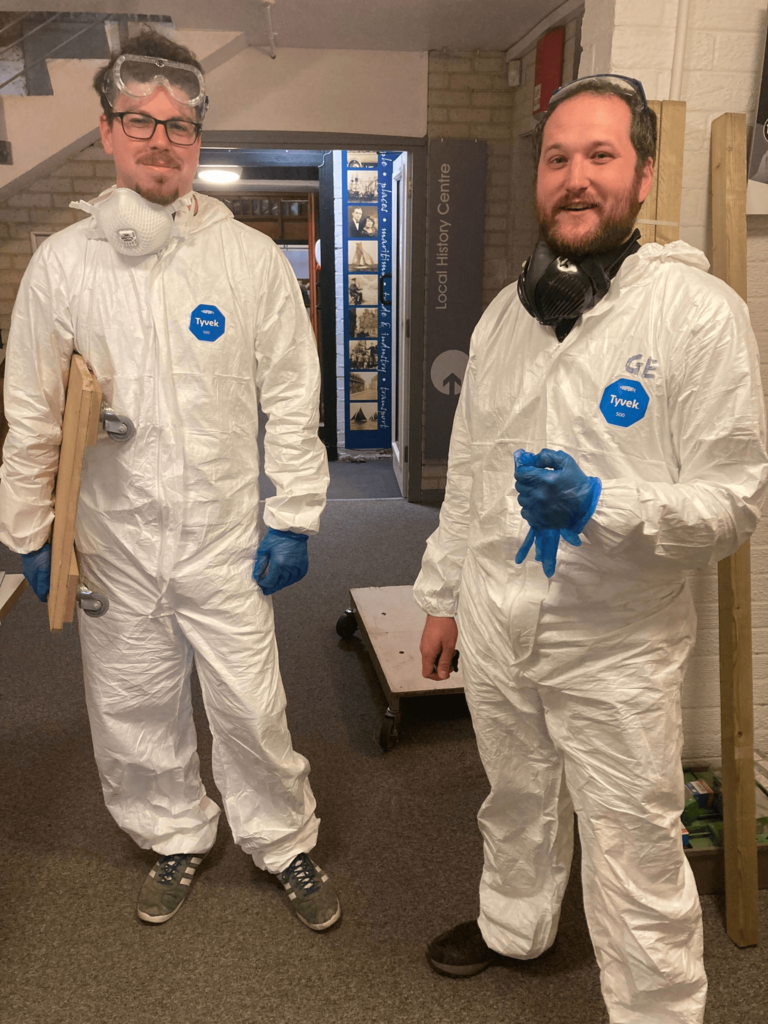Wired armatures and new mounts helped make the poses of animals look far more natural and chemical soaps used to wash the skins kept them safe from pests that could do enormous damage.
Unfortunately, these soaps often contained materials such as arsenic, mercury, and lead, which, although very effective at preventing pests from eating the specimens, are also very hazardous to humans! After taking readings from his beak and neck feathers, Poole Museum discovered that the Diver had very high levels of arsenic dangerously close to the surface meaning that he is currently in quarantine. It is possible to dismount and wash the skin and feathers but it is quite expensive and more arsenic will simply leech out over time, so it’s unlikely that he will be on display soon. For now, the Great Northern Diver will have to be satisfied with an online showcase like this one.
Whether or not Poole Museum can display him in person, the Great Northern Diver remains a spectacular specimen that proudly represents Poole Museum’s Natural History collection and the wonderful birds that make Poole Harbour such a remarkable ecosystem.




